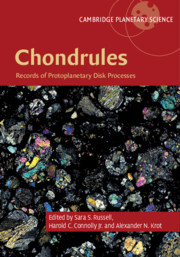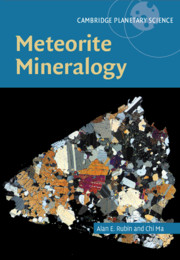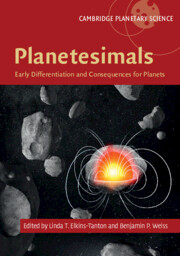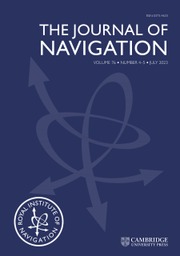Chondrules
Chondrules are spherical silicate grains which formed from protoplanetary disk material, and as such provide an important record of the conditions of the Solar System in pre-planetary times. Chondrules are a major constituent in chondritic meteorites, however despite being recognised for over 200 years, their origins remain enigmatic. This comprehensive review describes state-of-the-art research into chondrules, bringing together leading cosmochemists and astrophysicists to review the properties of chondrules and their possible formation mechanisms based on careful observations of their chemistry, mineralogy, petrology and isotopic composition. Current and upcoming space missions returning material from chondritic asteroids and cometary bodies has invigorated research in this field, leading to new models and observations, and providing new insight into the conditions and timescales of the solar protoplanetary disk. Presenting the most recent advances, this book is an invaluable reference for researchers and graduate students interested in meteorites, asteroids, planetary accretion and solar system dynamics.
- The first book on chondrules to be published in over a decade, making it a timely new reference on this subject
- Presents both a review of chondrule research and a report of the state-of-the-art, providing a comprehensive resource for researchers and students
- Places chondrules in the context of protoplanetary disks and their evolution, making the book relevant to astrophysicists interested in star and planet formation as well as to planetary scientists and cosmochemists
Product details
August 2018Hardback
9781108418010
450 pages
252 × 178 × 26 mm
1.08kg
120 b/w illus. 16 colour illus.
Available
Table of Contents
- List of contributors
- 1. Introduction Sara. S. Russell, Harold C. Connolly, Jr and Alexander N. Krot
- Part I. Observations of Chondrules:
- 2. Multiple mechanisms of transient heating events in the protoplanetary disk: evidence from precursors of chondrules and igneous Ca, Al-rich inclusions Kazuhide Nagashima, Guy Libourel and Kelly E. Miller
- 3. Thermal histories of chondrules: petrologic observations and experimental constraints Rhian H. Jones, Johan Villeneuve and Guy Libourel
- 4. Composition of chondrules and matrix and their complementary relationship in chondrites Dominik C. Hezel, Phil A. Bland, Herbert Palme, Emmanuel Jacquet and John Bigolski
- 5. The chondritic assemblage: complementarity is not a required hypothesis Brigitte Zanda, Eric Lewin and Munir Humayun
- 6. Vapor-melt exchange: constraints on chondrite formation conditions and processes Conel M. O'D. Alexander, Denton S. Ebel and Guy Libourel
- 7. Chondrules in enstatite chondrites Emmanuel Jacquet, Laurette Piani and Michael K. Weisberg
- 8. Oxygen isotope characteristics of chondrules from recent studies by secondary ion mass spectrometry Travis J. Tenner, Takayuki Ushikubo, Daisuke Nakashima, Devin L. Schrader, Michael K. Weisberg, Makoto Kimura and Noriko T. Kita
- 9. 26Al-26Mg systematics of chondrules Kazuhide Nagashima, Noriko T. Kita and Tutu H. Luu
- 10. Tungsten isotopes and the origin of chondrules and chondrites Thorsten Kleine, Gerrit Budde, Jan L. Hellmann, Thomas S. Kruijer and Christoph Burkhardt
- 11. The absolute Pb-Pb isotope ages of chondrules: insights into the dynamics of the solar protoplanetary disk James N. Connelly and Martin Bizzarro
- 12. Records of magnetic fields in the chondrule formation environment Roger R. Fu, Benjamin P. Weiss, Devin L. Schrader and Brandon C. Johnson
- Part II. Possible Chondrule Forming Mechanisms:
- 13. Formation of chondrules by planetesimal vollisions Brandon C. Johnson, Fred J. Ciesla, Cornelis P. Dullemond and H. Jay Melosh
- 14. Making chondrules by splashing molten planetesimals: the dirty impact plume model Ian S. Sanders and Edward R. D. Scott
- 15. Formation of chondrules by shock waves Melissa A. Morris and Aaron C. Boley
- 16. Evaluating non-shock, non-collisional models for chondrule formation Alexander Hubbard and Denton S. Ebel
- 17. Conclusions Harold C. Connolly, Jr, Alexander N. Krot and Sara S. Russell
- Index.








